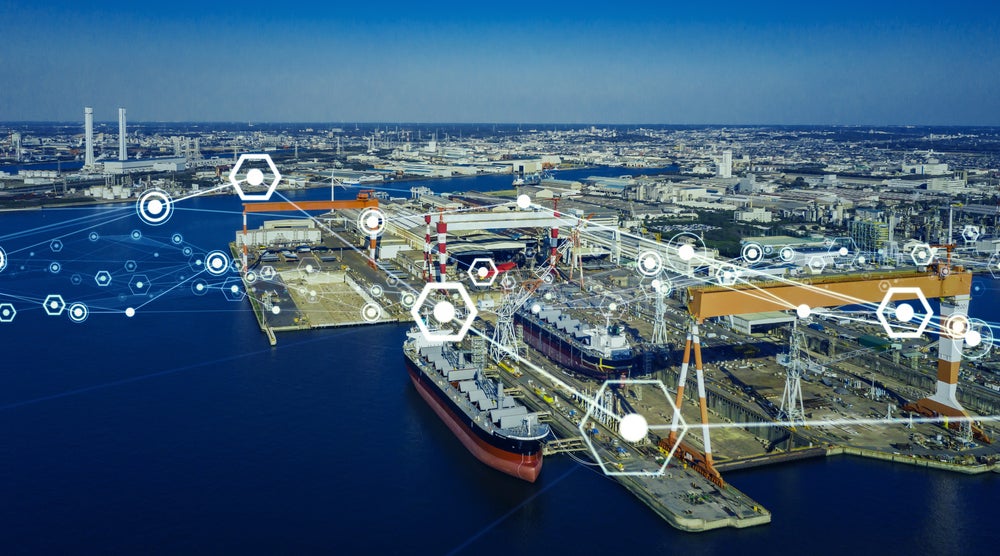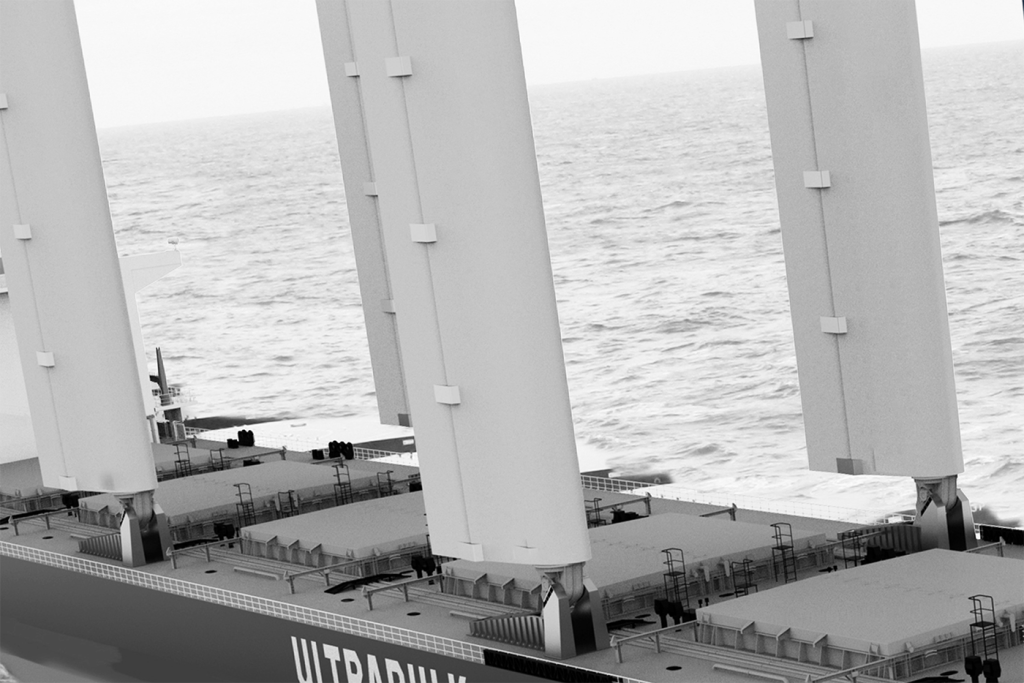Mitsui OSK Lines (MOL) has started a demonstration test of the diesel particulate filter (DPF) system installed on the diesel engine used for power generation on its ocean-going vessel.
According to MOL, the self-cleaning DPF jointly developed by the company and Akasaka Diesels is the world’s first application of such a system on an ocean-going ship. The DPF system was designed with research support from ship classification society Nippon Kaiji Kyokai (ClassNK) to create a DPF for marine diesel engines that run on C heavy oil.
The DPF filters use silicon carbide ceramic fibres, which collect particulate matter (PM) when exhaust gas goes through them and can collect more than 80% of PM produced by the engine, reducing black smoke emissions.
The DPF is a self-cleaning system that automatically combusts and eliminates PM buildup in the filter, allowing for continual operation without clogging of the filter and requires no maintenance by seafarers.
The demonstration test is part of ClassNK’s programme to support joint research and development with industry and academia. In 2010, MOL conducted a DPF demonstration test using the system in the main engine of a ferry serving coastal areas in Japan.
The DPF system is a part of the company’s efforts to reduce air pollution as one of the environmental strategies in its midterm management plan.
How well do you really know your competitors?
Access the most comprehensive Company Profiles on the market, powered by GlobalData. Save hours of research. Gain competitive edge.

Thank you!
Your download email will arrive shortly
Not ready to buy yet? Download a free sample
We are confident about the unique quality of our Company Profiles. However, we want you to make the most beneficial decision for your business, so we offer a free sample that you can download by submitting the below form
By GlobalDataThe DPF demonstration test is scheduled for about one year, with an operating time of about 4,000 hours to verify its PM collection performance and assess its durability.
The company said the system has already operated smoothly for more than 500 hours in the test, which started in November 2011.






